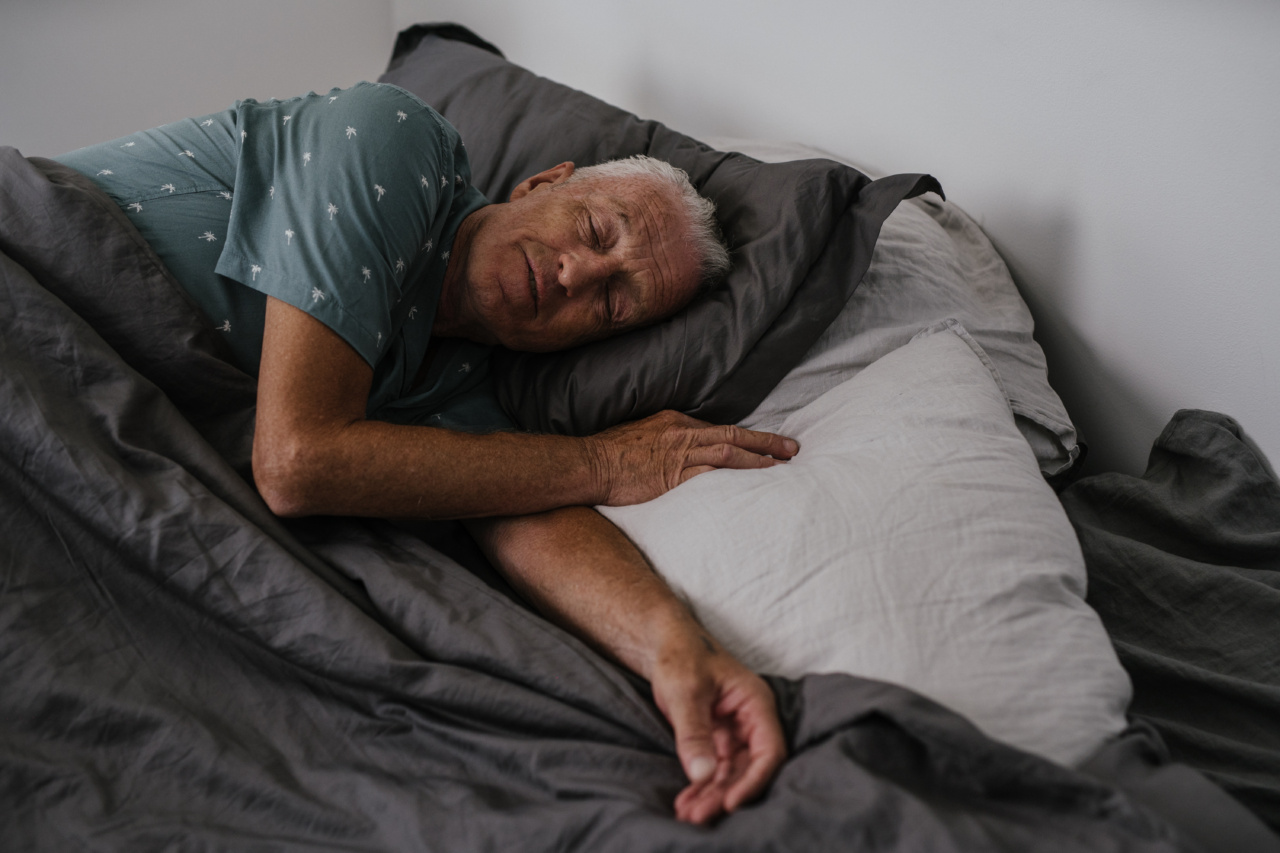Sleep is an essential part of our daily routine, and the quality of our sleep can greatly impact our overall well-being. While many factors can affect the quality of our sleep, one often overlooked element is the condition of our pillows.
Many people tend to underestimate the importance of having a good pillow and often continue to sleep on old, worn-out ones without realizing the potential dangers they may pose. In this article, we will explore the risks associated with sleeping on an old pillow and why it’s crucial to invest in a new one for a better night’s sleep and improved health.
1. Allergies and Asthma
An old pillow can harbor various allergens such as dust mites, pollen, pet dander, and mold spores. Over time, these allergens accumulate in the pillow, leading to an increased risk of allergies and asthma symptoms.
Sneezing, coughing, wheezing, and difficulty breathing are some common reactions individuals may experience if they continue to sleep on an old pillow.
2. Poor Spinal Alignment
Using an old and flattening pillow can cause poor spinal alignment, leading to chronic neck and back pain. When a pillow loses its shape and no longer provides adequate support, it fails to keep the head, neck, and spine properly aligned during sleep.
This can result in strained muscles, stiffness, and discomfort that affects not only sleep quality but also daytime activities and productivity.
3. Decreased Sleep Quality
An old pillow may not provide the necessary comfort and support required for a good night’s sleep. As a result, individuals may experience difficulty falling asleep, frequent tossing and turning, and waking up feeling tired and unrefreshed.
The lack of quality sleep can contribute to fatigue, mood swings, reduced cognitive function, and a decline in overall health.
4. Skin Problems
Over time, old pillows accumulate dead skin cells, oils, and sweat from our bodies. These substances create an ideal environment for bacteria and dust mites to thrive.
Sleeping on a pillow infested with such microorganisms can lead to various skin problems like acne, rashes, and even infections. Additionally, the accumulated bacteria can worsen existing skin conditions and hinder the natural rejuvenation process that occurs during sleep.
5. Increased Risk of Neck Injuries
Using an old pillow that offers inadequate support can result in neck strain and injuries. When the pillow fails to properly align the head and neck with the rest of the spine, it puts excessive strain on the neck muscles and ligaments.
This strain can lead to muscle stiffness, tension headaches, and even more severe conditions like cervical spondylosis or herniated discs in the long run.
6. Respiratory Issues
As old pillows age, they tend to become more compressed, losing their ability to maintain proper airflow. This compression can obstruct the air passages, making it difficult for individuals to breathe freely during sleep.
It can lead to snoring, sleep apnea, and other respiratory issues that affect the quality of sleep and increase the risk of cardiovascular problems.
7. Disrupted Sleep Patterns
When a pillow loses its shape and becomes lumpy, it no longer provides a comfortable sleeping surface. The discomfort caused by an old pillow can disrupt sleep patterns, causing individuals to wake up frequently throughout the night.
These disruptions can affect the various sleep stages, including deep sleep and REM sleep, essential for restorative rest and cognitive function. Consequently, disrupted sleep patterns can lead to daytime tiredness, mood disturbances, and reduced productivity.
8. Increased Allergic Reactions
In addition to harboring allergens, old pillows may contain synthetic materials, foam, or feathers that can trigger allergic reactions in susceptible individuals.
The breakdown of these materials over time can release harmful chemicals and volatile organic compounds (VOCs). Prolonged exposure to VOCs emitted from old pillows can result in various symptoms, including headaches, dizziness, respiratory problems, and allergic skin reactions.
9. Impact on Mental Health
Though it may seem unrelated, the condition of your pillow can have a significant impact on your mental health. Poor sleep quality caused by an old pillow can contribute to mood swings, irritability, anxiety, and even depression.
The lack of restful sleep affects the brain’s ability to regulate emotions, process information, and handle stress. Therefore, investing in a good pillow can promote better mental health and overall well-being.
10. Hygiene Concerns
Over time, even with regular washing, pillows can lose their ability to remain hygienic. The accumulation of sweat, dead skin cells, dust mites, and bacteria can become increasingly difficult to remove completely.
Consequently, it becomes challenging to maintain a healthy sleeping environment and prevent the potential risks associated with unclean pillows.
In conclusion, the dangers of sleeping on an old pillow are numerous and should not be overlooked.
From allergies and asthma to poor spinal alignment and decreased sleep quality, the consequences of continuing to use an aging pillow can significantly impact our well-being. To ensure a good night’s sleep and promote optimal health, it is essential to invest in a new pillow that provides adequate support, comfort, and cleanliness.
By prioritizing the condition of our pillows, we can improve our sleep quality, enhance our physical and mental health, and wake up refreshed and ready to take on each day.






























